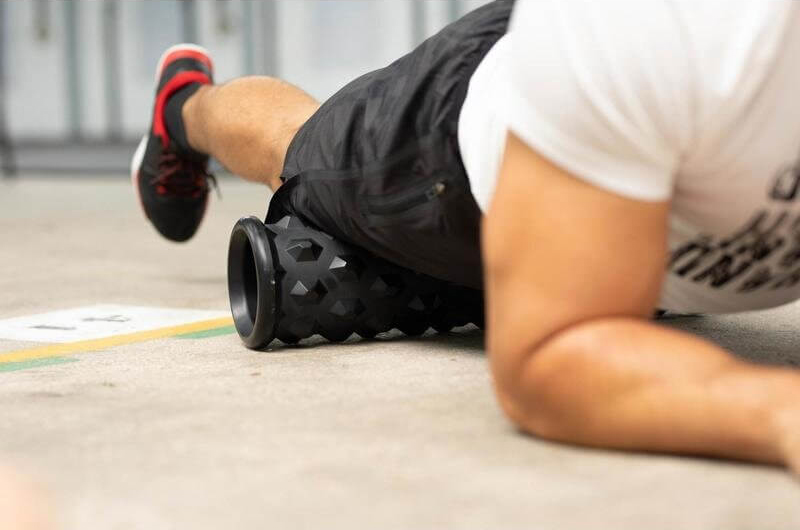
Let’s talk shoes. Arguably the most important item needed for running, aside from maybe your feet! Most runners have a favourite brand and a favourite model and solid advice on what works for them - sometimes it gets confusing.
At TRP, we assess runners by not only address running biomechanics, we look at the shoes and specifically - the drop. Sometimes called offset, drop is the difference between the heel and the forefoot. Shoe drop is how much taller the heel is than the forefoot. For example, if your shoe has a 25mm thick heel and a 15mm thick forefoot, your shoe has a drop of 10mm.
Why does the drop matter? The thickness of your heel affects the way you run, specifically the way your foot strikes the ground. Generally, a shoe with a higher drop forces your foot to land heel first, a heel strike. While a shoe with a lower drop forces your foot to land at the same time as your heel, or even forefoot first.
Specific heel drops help with specific injury recovery, stride efficiency and injury prevention. The typical drops range from 0mm (completely flat, promote forefoot running) to 8mm (generally known as the “sweet spot”, promotes a mid foot strike but still works well for heel striking, and a great place to start for those looking to transition to a more mid foot or natural stride) and topping out at 12mm (high heel hight, promotes heel striking).
So, what drop works best for me? Good question, we look at multiple factors including your injury history and running goals when treating and accessing your gait and recommending a drop range. If a change is recommended, it’s a process that is spread out over time. After all, change doesn’t happen overnight! Just like increasing your distance, too much too soon can result in unnecessary injuries - the same rules apply with drop modifications.
Are you curious to learn more about how the drop of your shoes may be affecting your running, injuries or even recovery? Come see us, we love curious runners!
Happy Running :)
TRP





